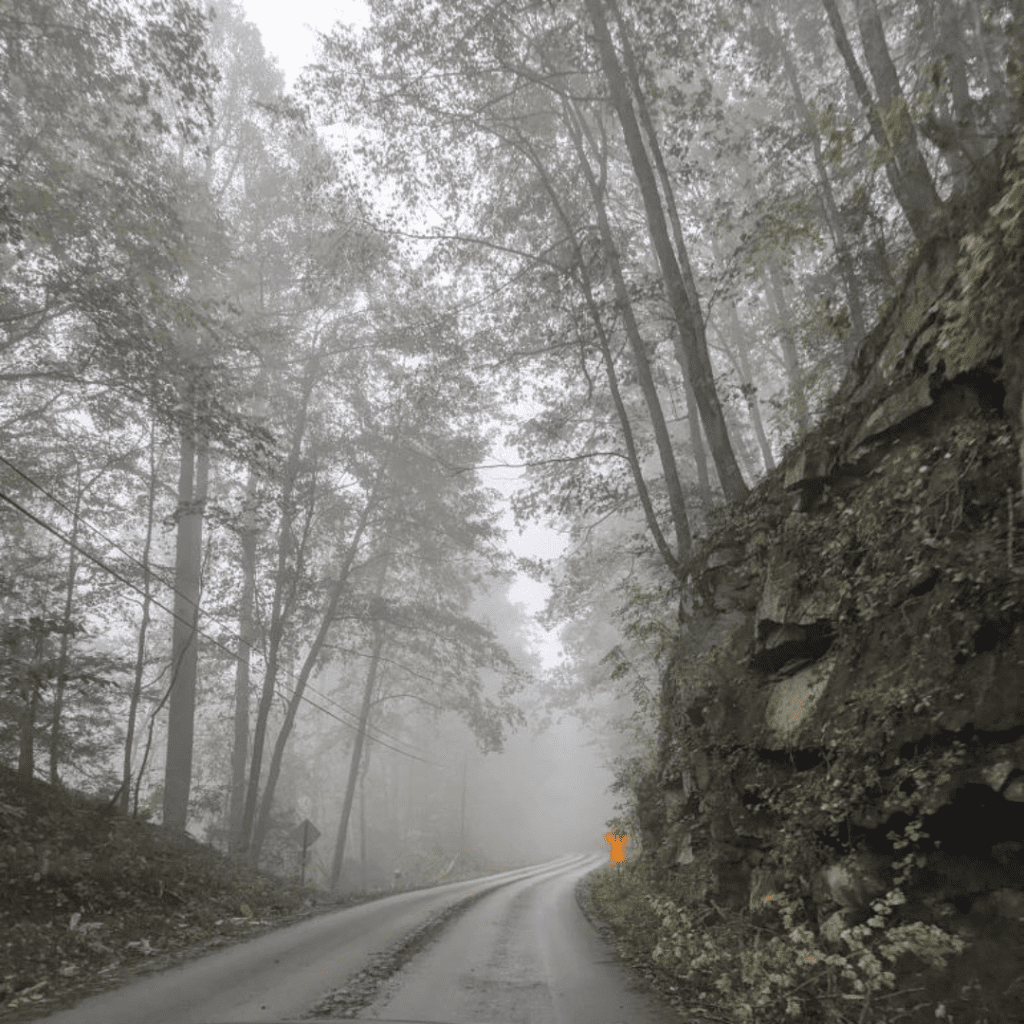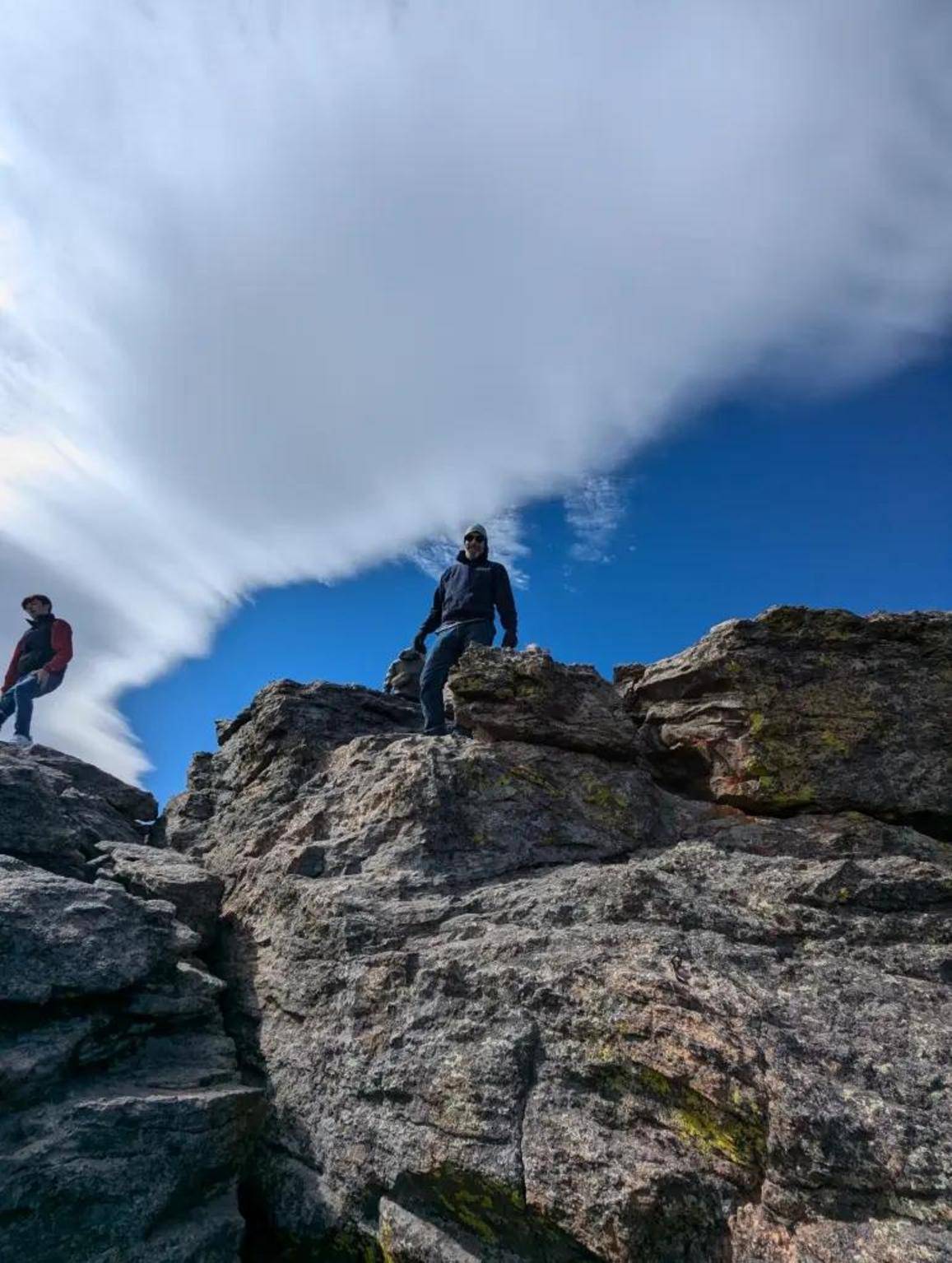Winter weather makes driving a bear. Whether you slide across ice or churn through snow, there are countless scenarios that you must prepare for. Here are a few basic winter driving tips to get you through the next few months.
Exercise Caution With Inclines
Depending on where you live in New England, chances are you drive through hilly—if not mountainous—terrain. Though there are undoubtedly many flat stretches of land, you must prepare for the considerable swaths of the region with steep inclines. The best way to navigate these areas is to avoid them entirely. If you can take another route, even if it adds fifteen minutes or more to your journey, then do it. It is far better to arrive safe and not endanger yourself and those riding with you on steep, icy inclines. If you must traverse this terrain, do not apply gas quickly to power up hills—doing so will cause your tires to spin out in the snow. Instead, do what you can to build momentum as you reach the base of the hill, then allow the force to carry you to the top.
Increase Following Distance
Whether you prefer to drive bumper to bumper or with vast space between you and other cars, the best option is to always allow more room, especially in wintry conditions. Snow and ice make stopping much more difficult and drawn out, so the best solution is to increase your following distance by a few seconds. Consider each second as an imaginary car length between you and the car in front of you. So one second is one car length, and three seconds is three car lengths. The same principle applies to the speed you travel. If you’re going twenty miles an hour, you should be at least two car lengths behind, while those going at sixty miles an hour should maintain six car lengths of space. You can apply these calculations to non-winter driving as well. They are a good rule of safety!
Prepare Ahead of Time
Winter weather is often unpredictable and, thus, affects the roads in unanticipated ways. Always service your car at least a week before any serious or prolonged winter weather arrives. Tire tread depth is important to your braking ability on slick surfaces, along with your engine health and heating system. Prepare ahead of time by packing emergency supplies in your car. Stock a meal or two, as well as heavy blankets and a flashlight in case you are stuck in the middle of a blizzard for a long time. Emergency responders are quick, but if there are dozens of emergencies at once, you could be waiting a while.
Prepare for the upcoming seasonal changes with these basic winter driving tips. The most important aspect of winter driving is safety. Research more defensive and preventative driving techniques to ensure that you and your loved ones remain safe behind the wheel through the snowy months ahead.






















